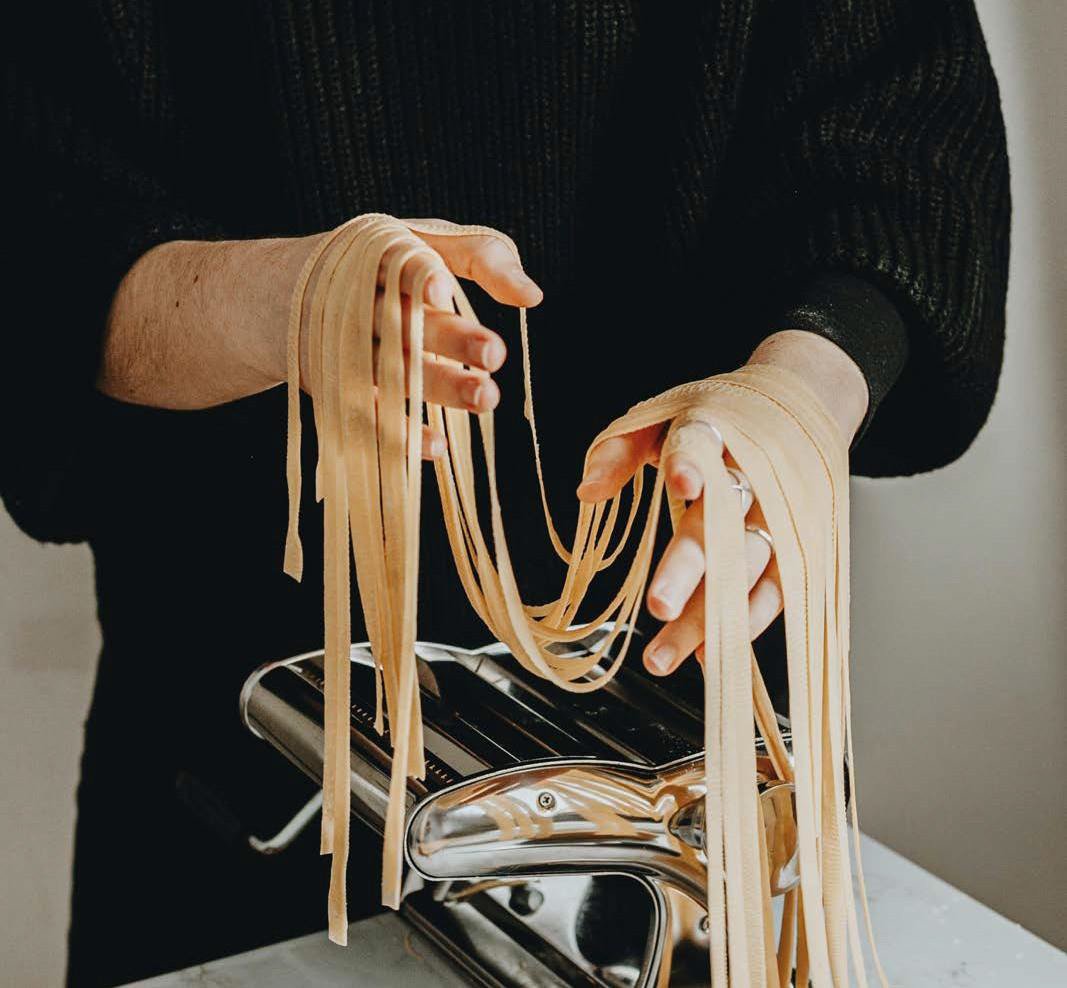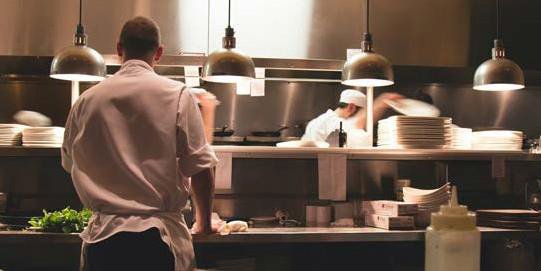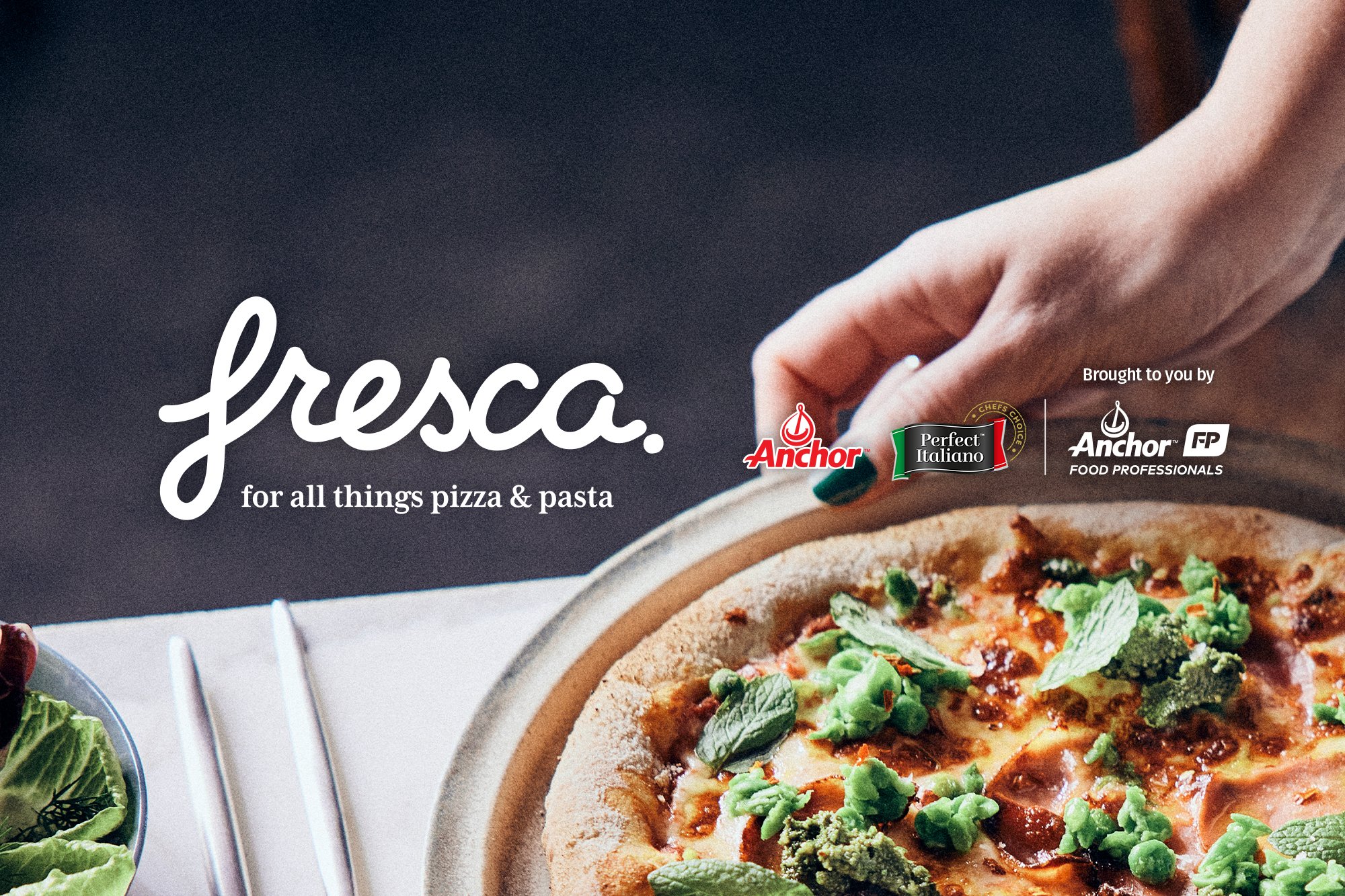Introducing Fresca… for all things Pizza and Pasta
FRESCA is a new online resource for the pizza and pasta channel, developed to provide you with the latest insights, trends, inspiration and advice from experts to help your business thrive.
Whether you work in a takeaway or eat-in pizzeria, a neighbourhood Italian restaurant, a local café, pub, club or bistro, in upmarket dining or catering – if you prepare and serve pizza and pasta, Fresca is designed for you.
Drawing on industry insights and world leading research and innovation at Anchor™ Food Professionals, Fresca provides a comprehensive source of information on how you can utilise pizza and pasta on the menu to benefit your business. Its content is anchored by the heritage of its Italian Kitchen focused brands Perfect Italiano, Mainland and Anchor.
Fresca delivers products and promotions relevant to the pizza and pasta channel and also contains a comprehensive Insights section which includes articles on Business Insights, Trends, Innovation and Chef Stories with fresh content every month.
There’s also an extensive range of recipes to give you fresh ideas for the pizza, pasta and dessert menu.
And thanks to Fresca’s built-in Food Cost Calculator, you can even calculate the batch cost, cost per serve, percentage markup, sell price and total profit of any recipe to help optimise your menu.
To celebrate the launch of Fresca you also have the chance to win one of three $500 digital gift vouchers. Just sign up at fresca.net.au before 30 September and you’ll go into the draw.
Fresca is here to support you – check us out today on your desktop, phone or iPad!
Opening your second pizza business
You’ve worked and built up a successful foodservice operation with pizza on the menu. Business is going well with plenty of loyal customers and repeat business. What could be more natural than to think about expanding?
Naturally this isn’t something you should rush into – you need to make sure you have the ability to replicate your success in a second location. The staffing, service and food needs to be just as good as at your first venue. Remember, one of the main reasons for your success might be because you’re doing a great job running the place, but you can’t be in two places at once!
Assuming you’ve got all the above covered, here are some points to bear in mind:
1.
Location will be important to ensure you maximise your revenue.
Don’t open your second venue too close to your existing one. You don’t want to cannibalise your existing customer base but build a new one.
2.
Make sure that if are there other businesses serving pizza nearby, they don’t serve the same style as you.
You need to maintain a point of difference that separates your menu from the competition and a different presentation and style is a stronger drawcard than just undercutting on price.
3.
Choosing somewhere underserviced is your best bet.
You don’t want to steal someone else’s customers but create your own.
4.
Think about branding and marketing.
Will your new outlet have the same name as your original? Will you put both locations on your website? Or will you have two different brands for the different locations?
You’ll rarely make as much money at your second location as you do at your first. But you can make more when you get to three. It all comes down to buying power. Even if your turnover with two outlets is twice what it was with one, you’ll find it costs more than double to run two. Once you get to three, you’ll have enough buying power that you can start to negotiate cheaper prices with your suppliers. And then you can start making more profit.
Five ways to minimise ingredients wastage
Given the ongoing staff and skills shortages and supply chain issues, it’s more important than ever to keep ingredients wastage to a minimum. Around four million tonnes of food are wasted in Australia annually and a quarter of that comes from restaurants and food businesses, so here are five ways you can help reduce that right now:
Inspect all deliveries upon arrival.
1) Make sure everything is as per specifications and in suitable condition with no visible signs of spoilage. Also check temperature – any food which isn’t at correct storage temperature shouldn’t be accepted, as it will spoil sooner and need to be discarded.
Make sure food’s being stored correctly.
2) Check storage temperatures are correct for prohibiting the growth of bacteria which causes spoilage. Fridges should be running at between 1-4°C and freezers at -18°C. Store high risk foods on lower shelves.
Repurpose leftover ingredients rather than throwing out.
3) As long as they’re within their use-by date you can repurpose them in specials, soups or as part as meal deals and actively promote these to customers.
Follow FIFO (First In, First Out) inventory management.
4) Label all food with expiry dates and rotate stock accordingly. This will also help you predict required stock levels more accurately and help identify other potential savings.
Conduct regular waste audits.










